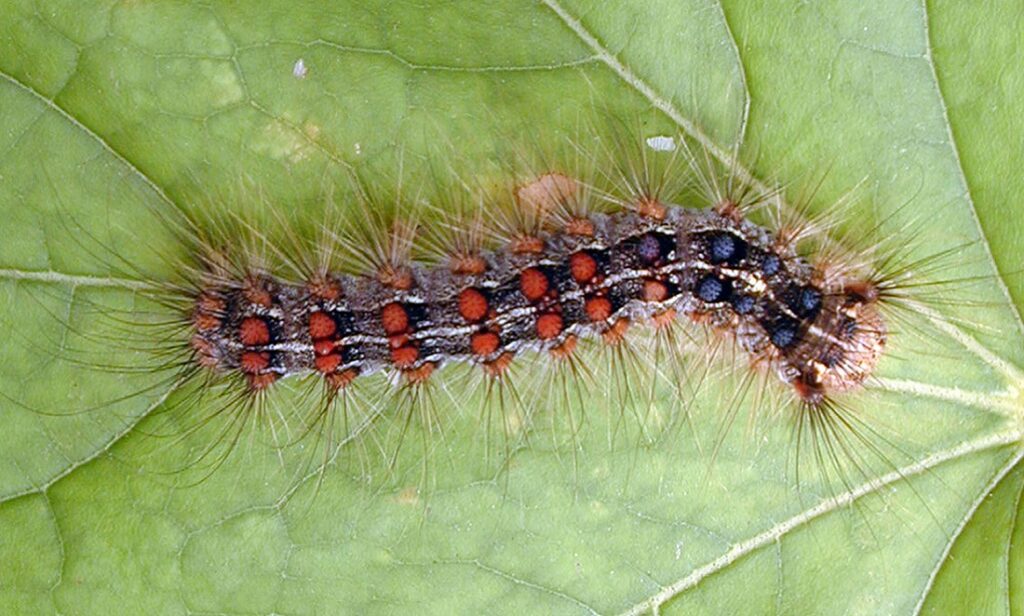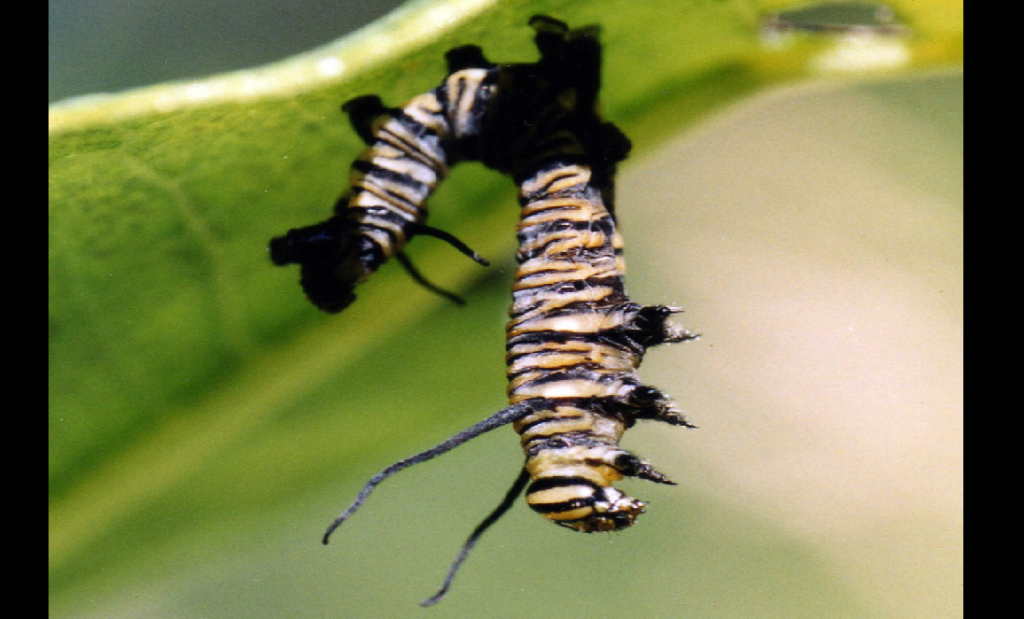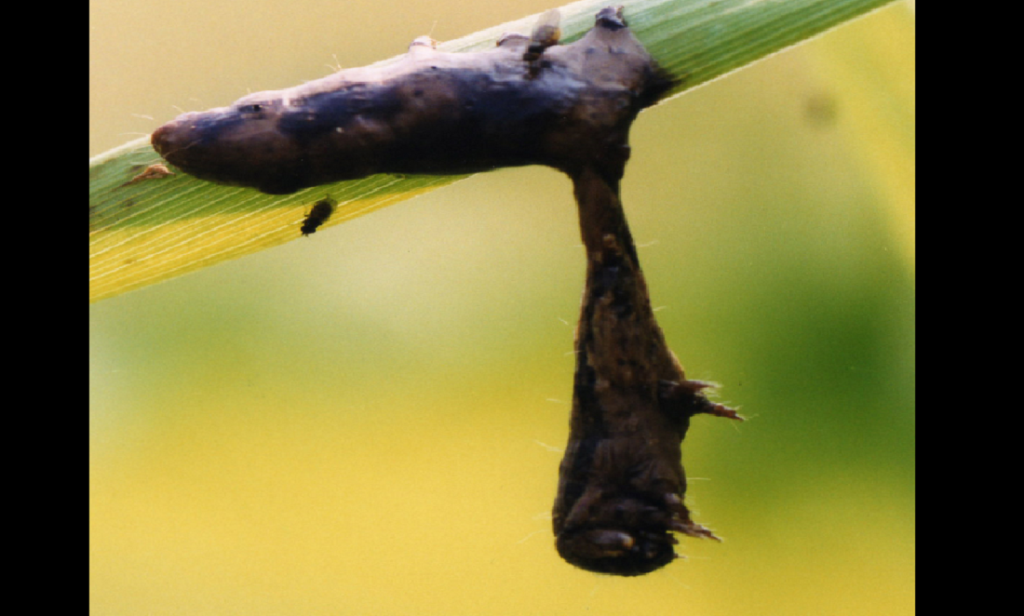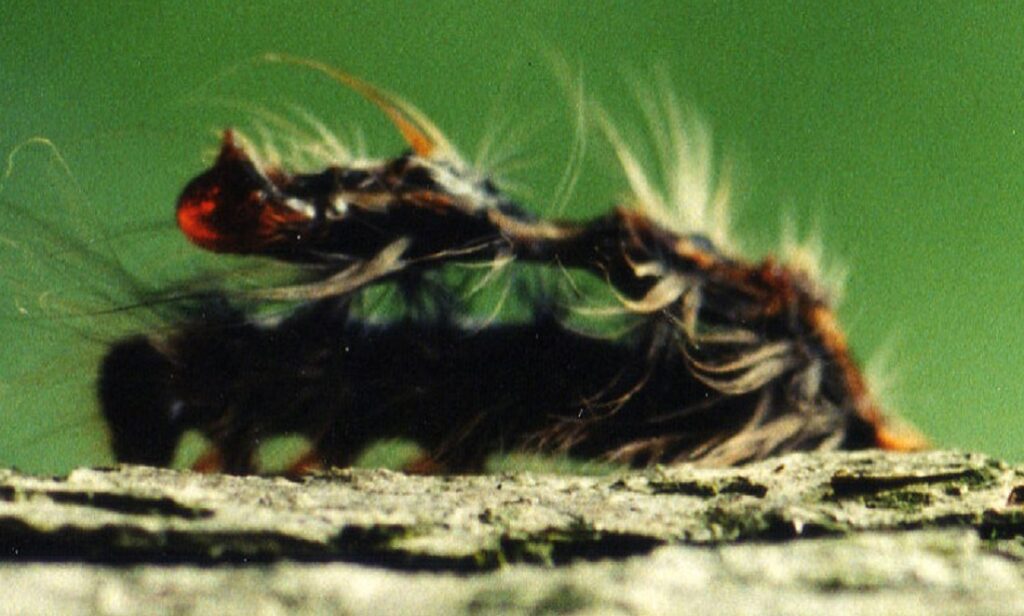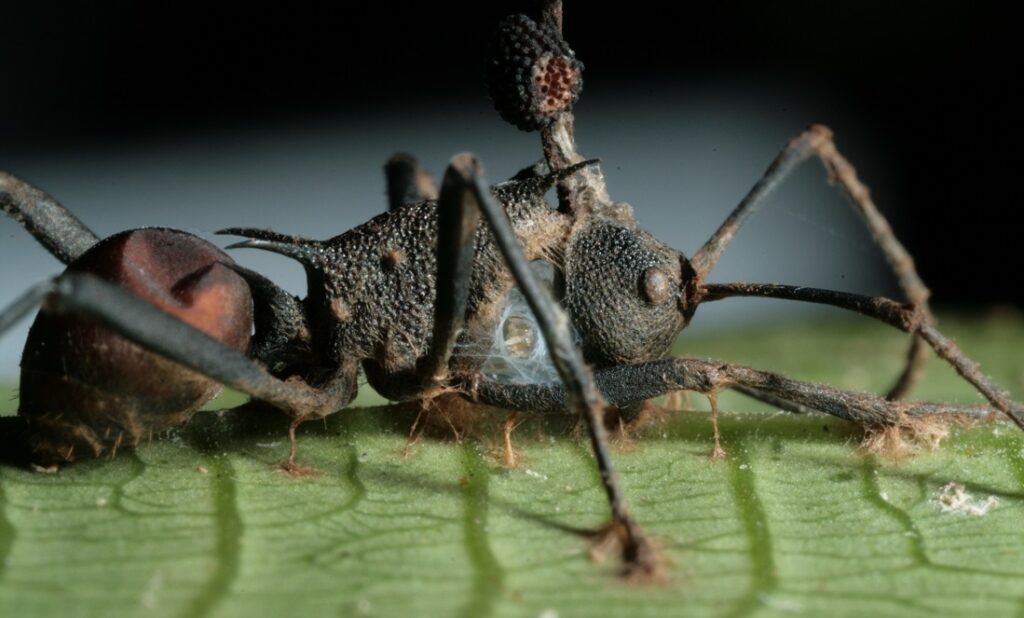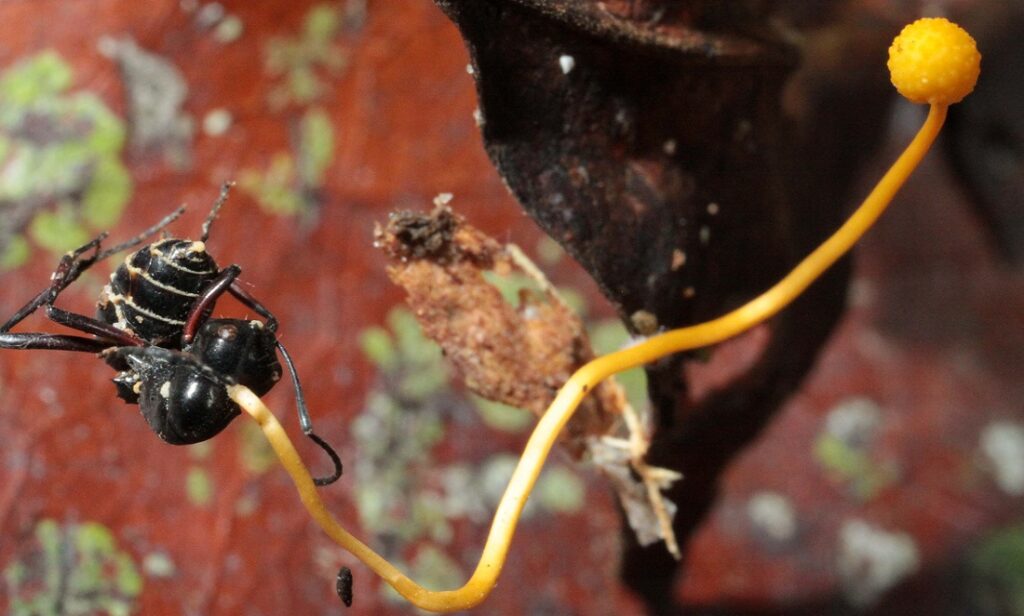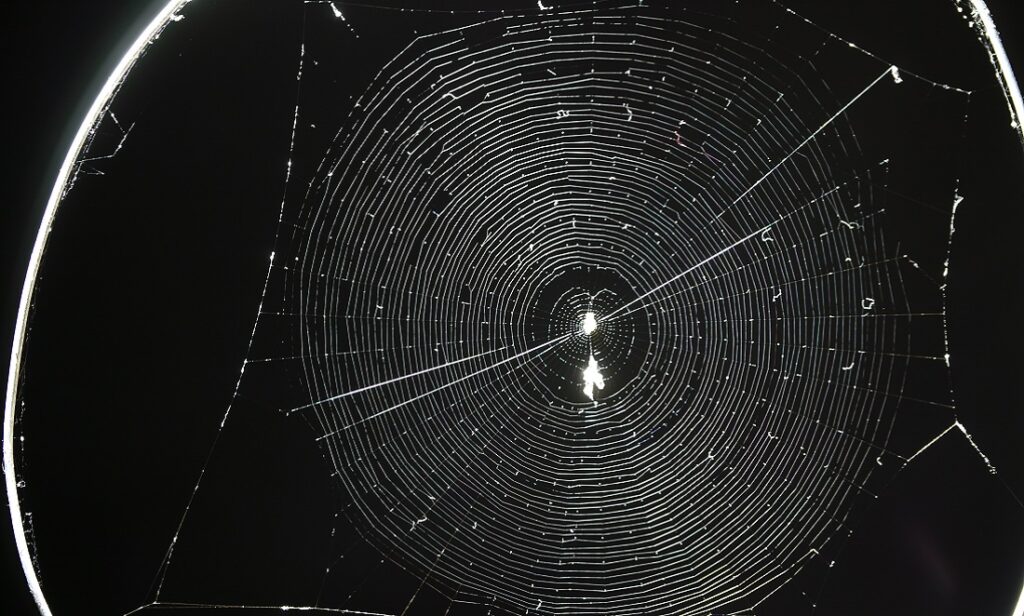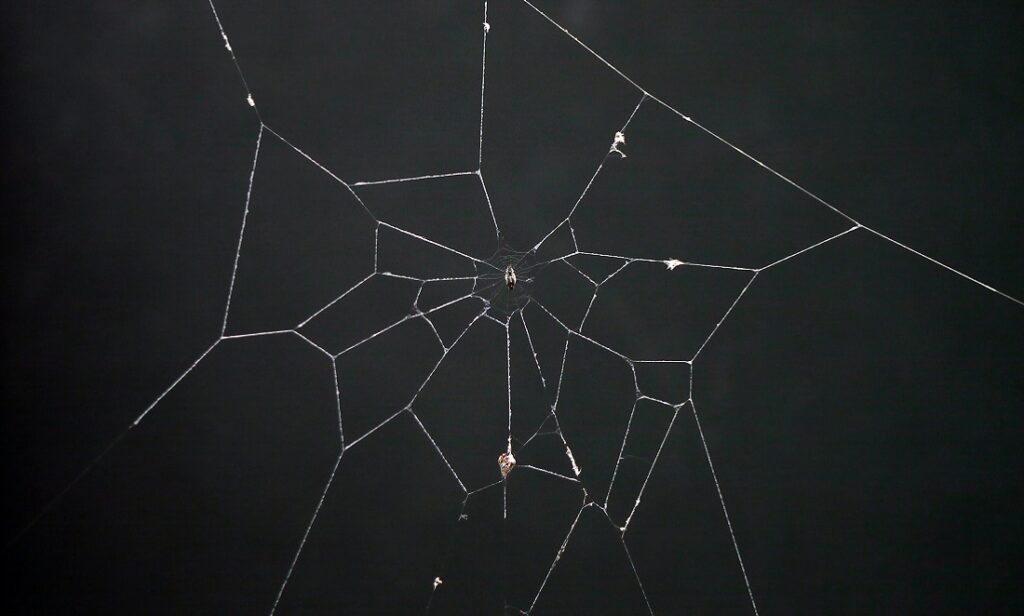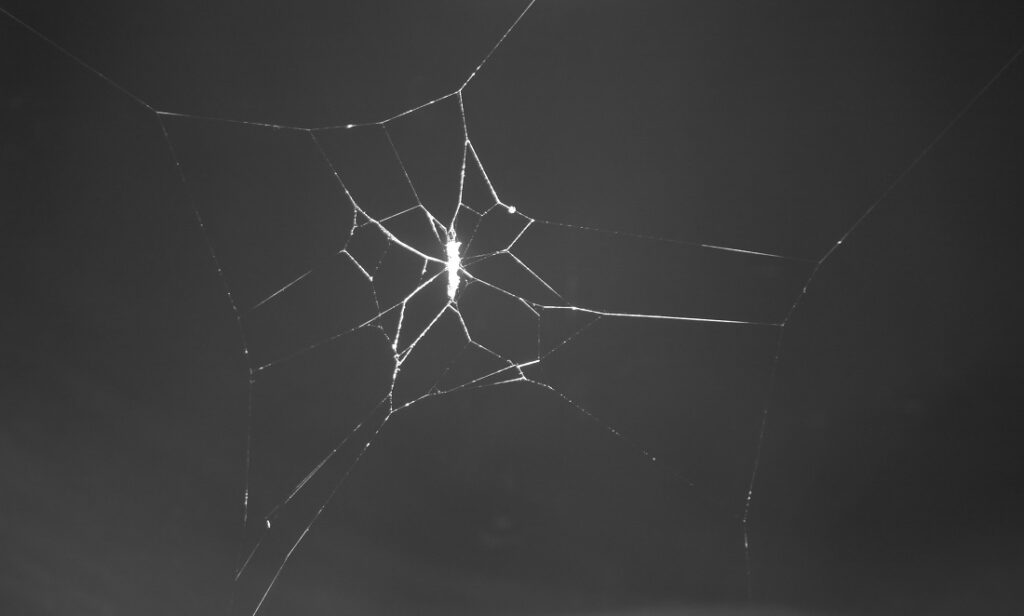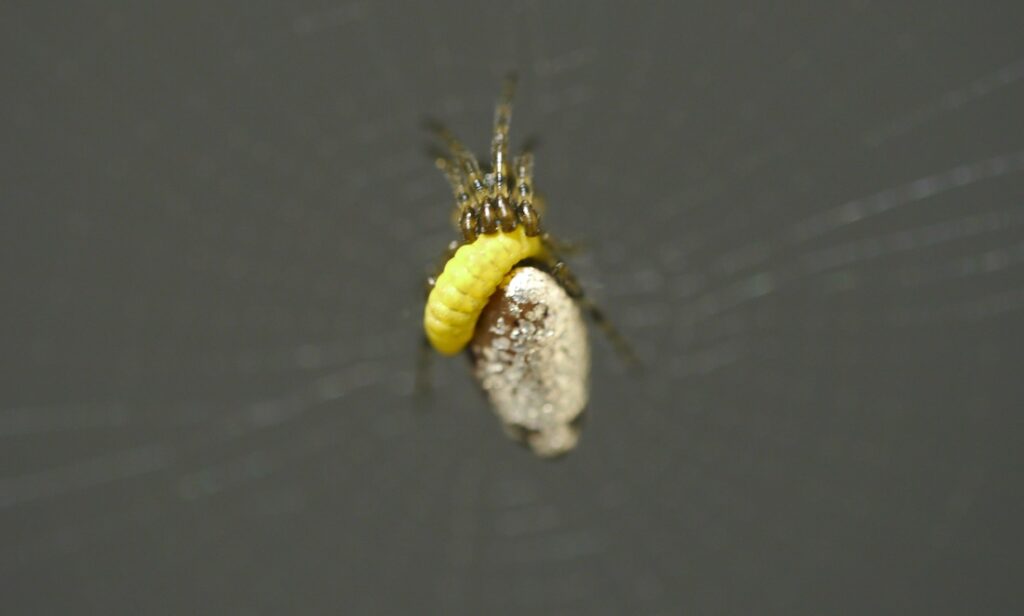This is the stuff nightmares are made of.
Melting away
Caterpillars have a nice life. They spend most of their time munching on leaves until they are big fat caterpillars. Then they slumber for weeks as pupae before turning into beautiful butterflies. Unless they catch a virus. Then it all goes downhill, literally.
Normally, gypsy moth caterpillars spend their nights munching leaves and their days hiding from predators underground. But when they are infected by a particular family of viruses, they develop a very odd behaviour.
They climb up a tree in broad daylight, all the way to the top, and then they literally explode, releasing millions of viral particles in the process. The virus’s plan all along.
But how does a virus manage such a scheme? It turns out that it all boils down to a single gene. According to a study, the virus is carrying a gene called egt that drives the caterpillar to develop this bizarre zombie-like behaviour. When researchers removed this gene from the virus, infected caterpillars did not turn into zombies.
Viruses are not the only ones messing with insects’ lives. Fungi are not far behind.
Is that a fungus in your head?
Several fungi species are specialised in infecting particular ant species, and they are well known for their gruesome strategies. The fungal genus Ophiocordyceps, for example, is known to infect carpenter and spiny ants.
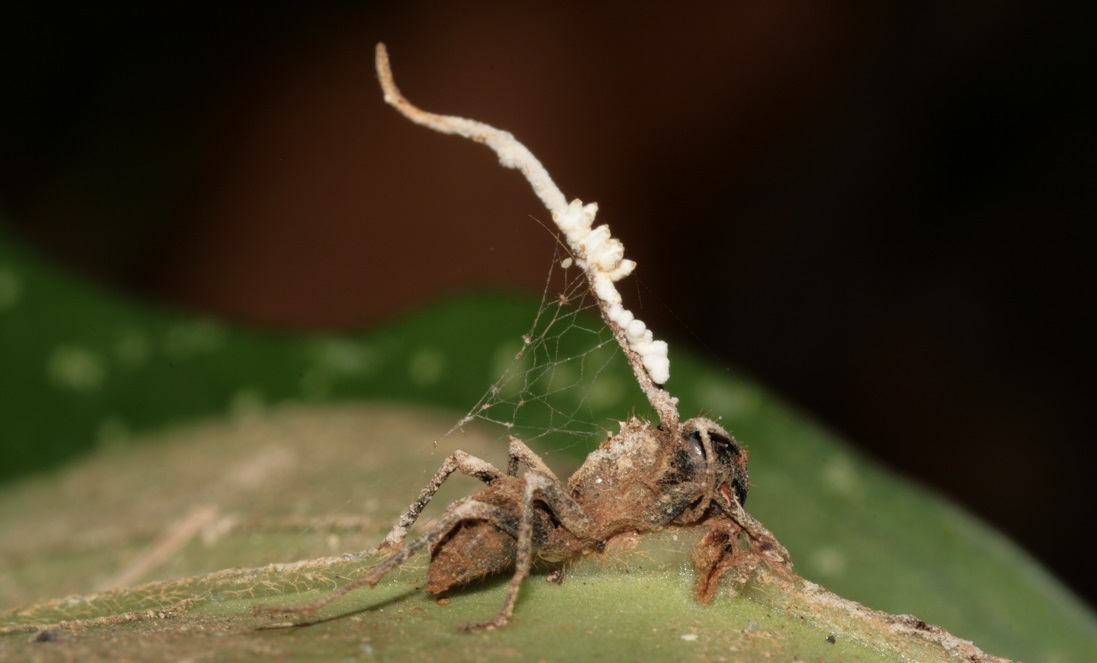
It all starts when an ant walks into the wrong side of the forest and runs into microscopic fungal spores. As soon as the spore is attached to the ant, it secretes a powerful enzyme that digs through the ant’s exo-skeleton.
Two days later, the ant walks out of its nest, climbs up a tree and finds a cosy spot. One with the right temperature and humidity for a fungus. Then, it climbs to the underside of a leaf and bites a vein so it is firmly hanging about. Then, it dies.
Shortly afterwards, the fungus growing within the ant consumes the ant’s internal organs and sprouts out of the ant. Later on, spores are released, and the cycle starts over.
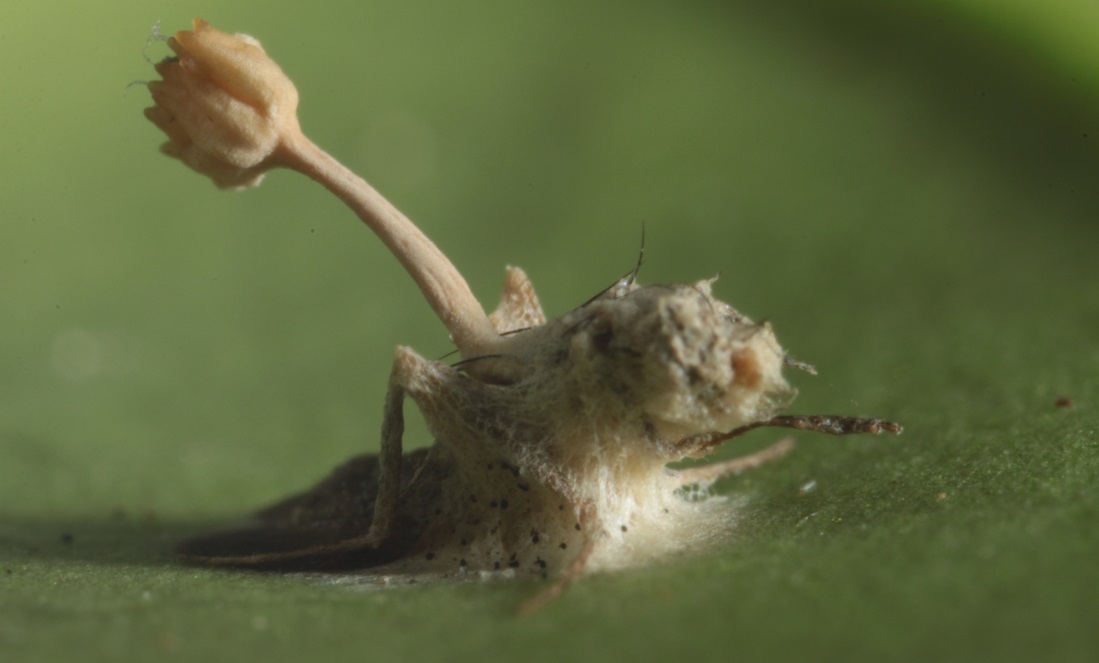
But viruses and fungi are just gentle players compared to other mind-controlling critters. Wasps are the real puppet masters.
Tales from the wasp side
Wasps can be mean little critters. Some species inject chemicals into spiders, cockroaches or caterpillars that turn them into zombies, just so they can use them as living food for their babies.
For example, a recent study found that the wasp Reclinervellus nielseni injects a paralysing venom into the spider Cyclosa argenteoalba and then proceeds to place an egg into the spider.
After the attack, the spider continues with its everyday tasks. But about four days after the egg was laid on the spider, a small larvae hatches. During the next two weeks the tiny larvae will slowly feed on the spiders inner fluids, while also releasing mind-controlling chemicals.
These chemicals will persuade the spider into building a special kind of web. This web resembles a resting web, a relatively simple web structure that is normally built by the spider when moulting.
But the web built by the parasitised spider is not exactly a resting web. It is reinforced to become a cocoon web, one that will support the wasp cocoon during its 10-day development.
Once the cocoon web is completed, the larvae has matured and will suck dry the spider over a course of 20 hours, quickly killing the spider.
Afterwards, the larvae is ready to finish its development in a nice strong web. “The wasps thus not only devour the host spider but also evoke the spider’s innate web-building behaviour for their own survival after the host vehicle died,” says Dr Keizo Takasuka at Kobe University, Japan, who led the study.
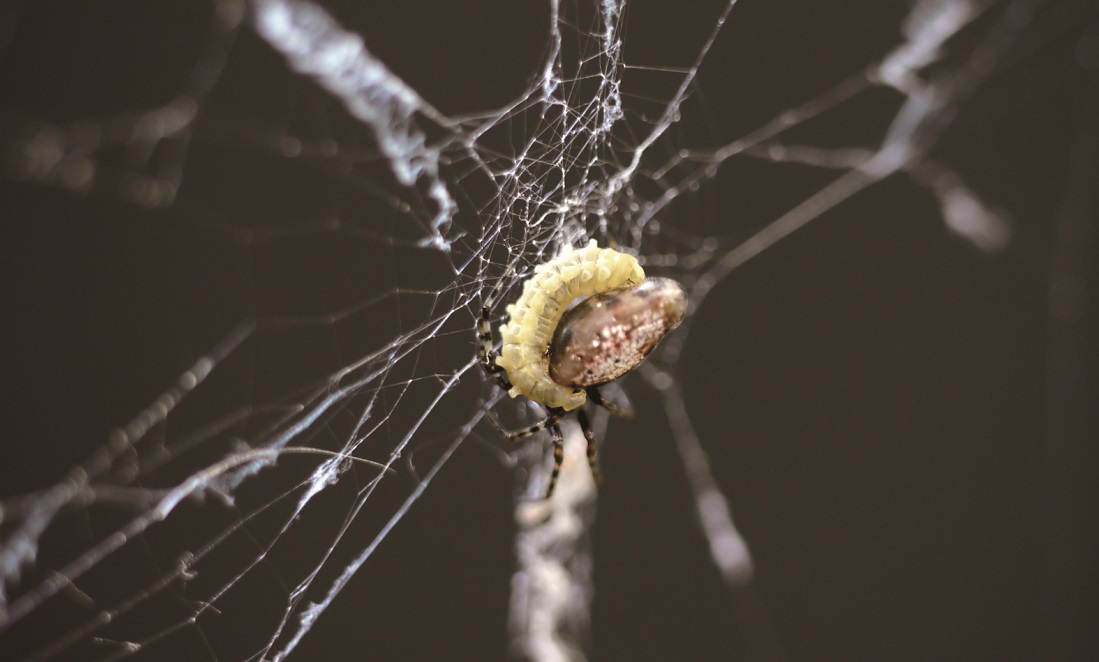
Another wasp, found in Central and North America and in New Zealand, goes the extra mile when it comes to making zombies. It not only turns a helpless caterpillar into a living food pantry, it even makes the caterpillar work as babysitter of its own parasites!
It all starts when a wasp of the genus Glyptapanteles injects its eggs into the caterpillar Thyrinteina leucocerae. About 2 weeks later, bad things start to happen to the caterpillar. First off, more than 80 little larvae start oozing out of its body, all at once, over a 1-hour period.
But to add insult to injury, after all those larvae have protruded out of its body, the caterpillar actually starts caring for them. The poor caterpillar builds a nice silky cocoon to protect the larvae from predators and other wasps. The caterpillar will even fight off potential attackers, and it continues with this behaviour until it dies of starvation.
Why would the caterpillar behave this way? According Dr Arne Janssen at the University of Amsterdam who studied this bizarre wasp, the secret may be with one or two larvae that remain inside the caterpillar. He thinks these larvae may be manipulating the behaviour of the caterpillar host.







